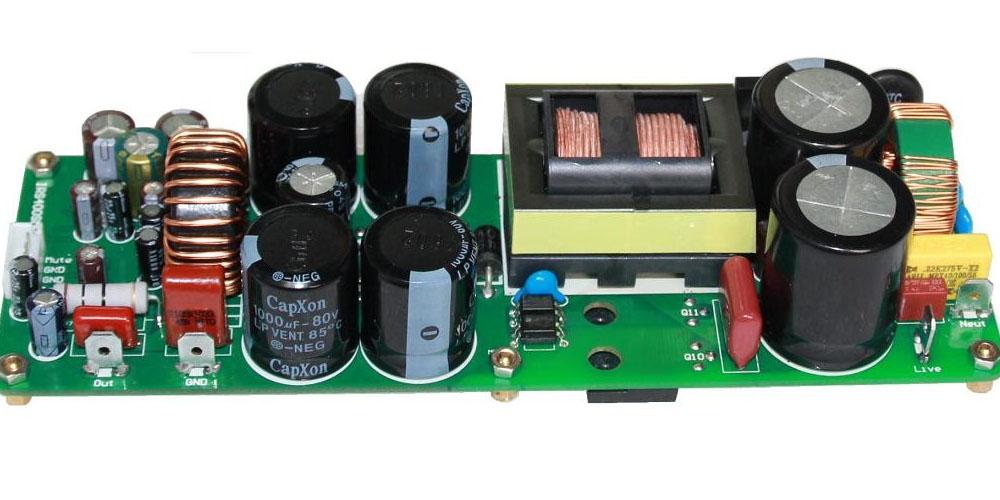Amplifiers have been in existence for many years, but their popularity has grown with time. They are designed to amplify the signal going through an electric circuit. The market is flooded with multiple types of amplifiers, for example, audio amplifiers, power amplifiers, and others. The best audio amplification systems are described by their ability to amplify signals are dissipate minimal heat. An example of such a system is the Class d amplifiers. Class d amplification technology has created a significant impact with its characteristics and wide use. In this write-up, we explain the uses of Class d amplifiers.
Uses of Class d Amplifiers
Class d amplifiers have three stages; PMW modulator, switching circuit, and output lowpass filter, which contribute to their wide use. Some of its applications are;
1. Home theatres and televisions
Home theatre amplifiers are known as audio-visual receivers. Most home theatres come as a package consisting of a DVD player and speakers. The DVD also comes with an integrated multichannel amplifier. This package is known to create a cinema feel in homes. Home theatres are fitted with Class d amplifiers which convert digital audio directly to Pulse Width Modulation (PWM). In addition, televisions also use class d amplifiers which convert the output into high-quality sounds and videos.
2. Mobile phones
Phones are the most common communication devices. They use radio frequency to call or receive calls in areas with a telephone service. People can connect from different regions through them, so the quality of sound produced must be good. The internal speaker of a phone is driven mainly by a class d amplifier. The amplifier produces clear sound with no high or intermediate frequencies, therefore promoting good communication. The amplifier helps preserve the battery life and makes it last for a more extended period since very minimal energy is dissipated while active.
3. Sound reinforcement systems
These systems enhance the sound from the primary source. They can also alter the sound by adding effects but still keeping it loud. They require amplifiers with high sound and power amplification but with minimal power loss. The class AB audio amplifiers are unsuitable for such systems due to increased energy loss, resulting in a short battery lifespan.
Class d amplifiers are perfect for use due to their low heat dissipation. In addition, their overall output power is high, yet they weigh less than other amplifiers. Sound reinforcement systems are mostly moveable so having them weigh fewer kilos is a great advantage.
4. Hearing aids
Hearing aids help enhance hearing for persons with hearing loss. The aids are placed directly into the ears and have a small loudspeaker commonly referred to as receivers. A Class d amplifier drives the speaker, amplifies the sound, and maximizes its battery life, making it operational for years. The class d amplifiers are sold within the hearing aids and cannot be replaced with sound reinforcement structures or other audio amplifiers like the PSAP.
Conclusion
The low minimum connected load in Class d amplifiers makes them fit for use in various applications or devices. Other significant characteristics include their low rate of heat dissipation, which helps extend battery life, and their lightweight nature, making them suitable for portable devices. Such factors make them more desirable than other amplifiers; thus, their applications are unlimited.
